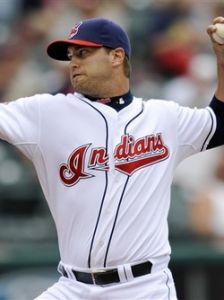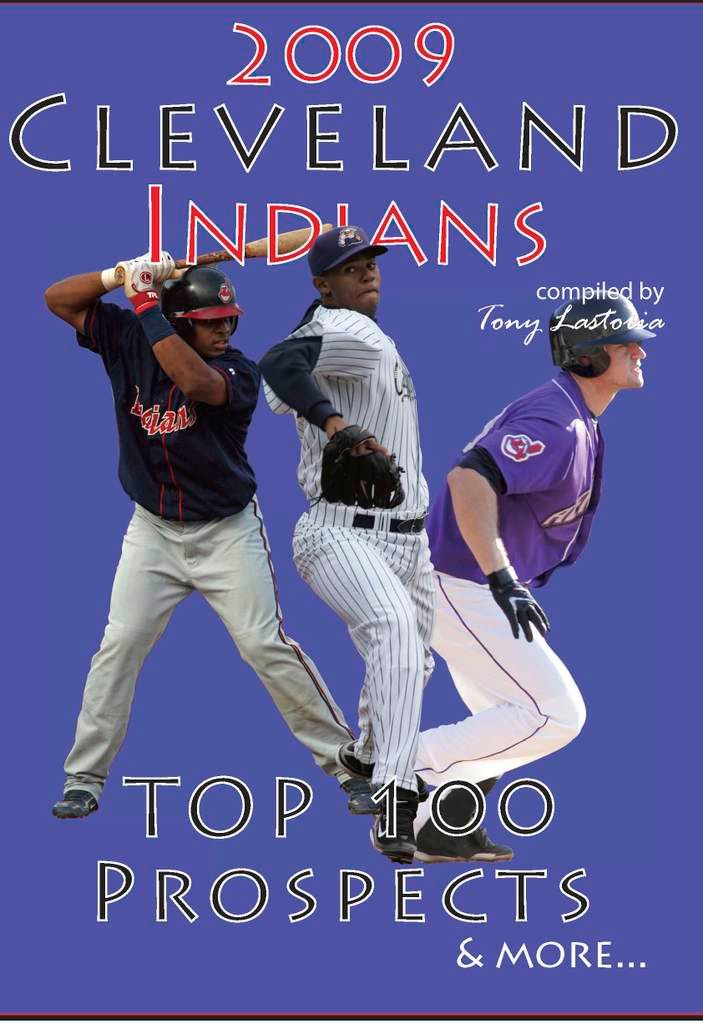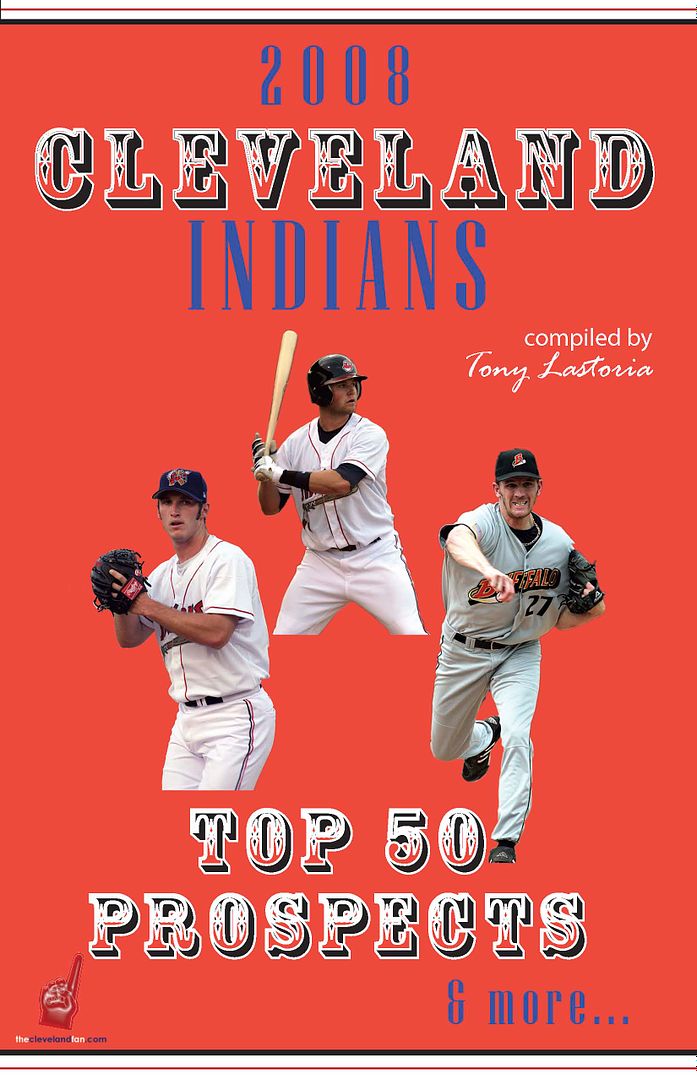So David Huff was called up for a spot-start from AAA – Columbus and he threw a gem against the Twins: 7IP, 5H, 2BB, 5K
Furthermore, he induced 11 GBs to only 6 FBs, which is good for the Indians and great for teams with rangier infielders. To be even more optimistic, his BABIP for the game was .263 which discounts the "atom-ball" type of game. All in all, he looked in control. It might lead one to believe that Huff has finally figured things out in his age 26 season and the former top-pick of the Tribe is going to be a missing piece down the stretch. We can all hope that he is, but lets look at the actual pitch data to see if anything significant has changed in his repertoire and/or release that might lead us to believe anything has changed at all
See below for the pitch f/x charts:
Pitch Percentage:
| Selection | 2011 % | 2010 % | 2009 % | Trend % |
|---|---|---|---|---|
| Four-Seamer | 71.6 | 59.1 | 60.6 | More |
| Change-Up | 8.0 | 22.8 | 13.3 | Less |
| Slider* | 1.1 | 6.4 | 11.0 | None* |
| Curveball | 11.4 | 6.6 | 7.0 | More |
| Two-Seamer | 8.0 | 4.8 | 7.9 | Even |
More fastballs and curveballs than previous years, he has scrapped the slider (*it was only 1 pitch, and was most likely a hard curveball that was misclassified, omitted from here on out) and he has moved away from his once vaunted change-up, now throwing only about half-as much as in previous seasons.
Velocity:
| Pitch | 2011 MPH | 2010 MPH | 2009 MPH | Trend |
|---|---|---|---|---|
| Four-Seamer | 91.0 | 90.6 | 90.0 | Up |
| Change-Up | 81.0 | 81.7 | 82.7 | Down |
| Slider* | 80.0 | 82.2 | 81.1 | - |
| Curveball | 77.5 | 77.9 | 76.5 | Even |
| Two-Seamer | 91.1 | 90.3 | 84.7 | Up |
Notice that his spread between fastballs and his off-speed pitches has gotten wider. The difference between fastballs (two and four-seam) and change-ups from 2009-2011 is 7.3, 8.9 and 10, respectively. Typically, a wider-split is viewed as a good thing because it keeps hitters more off-balance.
Horizontal Movement:
| Pitch | 2011 Inches | 2010 Inches | 2009 Inches | Trend |
|---|---|---|---|---|
| Four-Seamer | 5.2 | 5.1 | 5.3 | Same |
| Change-Up | 8.3 | 7.5 | 7.6 | More Tail |
| Slider* | -1.8 | -1.5 | -0.5 | - |
| Curveball | 0.8 | -0.1 | -.0.7 | Less 'sweep' |
| Two-Seamer | 7.1 | 8.7 | 8.0 | Less Tail |
NOTE: Just to clarify, a positive number means it is moving away from a RHB, and a negative number means it is breaking in on a RHB. The change-up is slower, so naturally it is breaking more. The curveball is more 12-6 than it was before, where it had slight inward break against a RHB. Finally the two-seamer is straighter from a horizontal-movement perspective.
Vertical Movement:
| Pitch | 2011 Inches | 2010 Inches | 2009 Inches | Trend |
|---|---|---|---|---|
| Four-Seamer | 9.1 | 10.4 | 10.4 | More Sink |
| Change-Up | 7.7 | 7.5 | 8.9 | More Break |
| Slider* | 0.7 | 3.4 | 0.9 | - |
| Curveball | -3.0 | -3.8 | -4.8 | Less Break |
| Two-Seamer | 7.8 | 8.0 | 7.5 | Even |
The four-seamer is sinking a little more, the change-up has been sinking a little more the past two years (with the added velocity drop) and the curveball has actually leveled out over the years.
Release:
2011 | 2010 | 2009 |
Not much has changed here, unfortunately, the curveball is still released noticeably higher than the fastballs and change-ups. In addition to this tendency, Huff releases his change up 'wider' giving batters even more potential to read pitches before they are released. Ideally, you would like to see more release overlap between pitches which forces the batter to wait for the spin in order to identify, rather than being able to judge from the release.
Location (LHB):
2011 | 2010 | 2009 |
Clearly, Huff is staying away from all LHBs, and he did a particularly good job of staying away from the inner part of the plate against the Twins' lefties (Thome and Mauer….). Overall, he hasn’t changed his approach as you can see, a lot more filled-in dots (hits) on the inner-half than the outer-half. And another thing that hasn’t changed: too few swing and misses which has and will continue to limit his ability to get out of tight spots.
Location (RHB):
2011 | 2010 | 2009 |
Huff stays away from RHBs as well, typically only venturing in with his fastballs. You would like to see more clustering on the edges of the plate instead of the middle, all things being equal.
Analysis
David Huff had a great outing following solid minor league performance all season, but we have seen this before. Apart from an improving spread in his fastball/change-up combo, and a one-game increase in his curve-ball usage, there is little else to get excited about. He is going to have to continue to rely on hitting spots and keeping hitters off-balance. Perhaps he can change his entire outlook with an overhaul (Cliff Lee did this, but he had far better stuff to begin with) of his approach. He needs to tighten his release points, work both sides of the plate, stay out of the middle and do all of this without sacrificing any velocity or movement because he doesn’t have much of either to begin with.
It was a great start and we should all be happy for the temporary boost, but we shouldn't expect anything different in the long-run. The changes from 2009 and '10 to yesterday are not indicative of a breakthrough. Until sustained differences in pitch selection, placement and movement make themselves evident, we should continue holding our collective breath until things come back to reality.
Follow Tony and the Indians Prospect Insider on Twitter @TonyIPI. Also, his latest book the 2011 Cleveland Indians Top 100 Prospects & More is available for purchase for $20.95 to customers in the US (shipping and handling extra).
























 Everything on this site is free, but for those interested in making any monetary contributions to help support the stability and growth of this site please click on the "Donate" button below.
Everything on this site is free, but for those interested in making any monetary contributions to help support the stability and growth of this site please click on the "Donate" button below.


0 comments:
Post a Comment